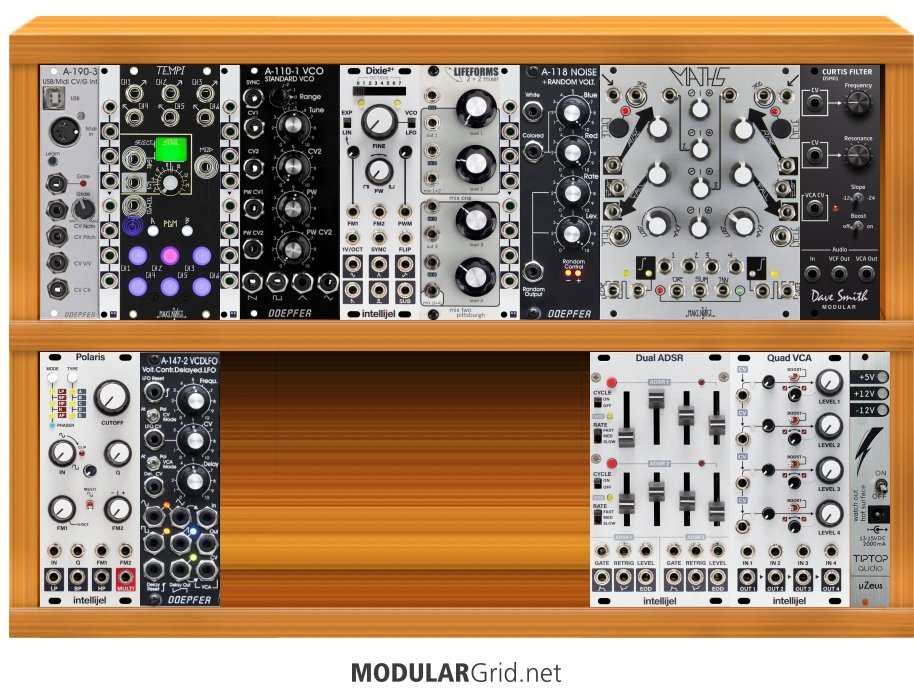It's been a little over 30 years that I saw my fist modular synth up close and personal that took up a whole wall in a bedroom. I have had or been able to work with most of the synths from 70's/80's, semi-modular and non modular alike. I am now looking to build a system and have come up with this system as of now. I already own the DixieII+, duel ADSR, and TipTop power supply. My original thought was to build up around my Mother 32 and Ocoast, but now I just want to build a self standing synth. I was thinking about another VCO, but any thoughts or direction that I could/should take would be welcome. I'll house the system in two TipTop 19" rack system for now.
Also for the DIY kits, what company's should I look at for reliability, quality, and clean sound, if I choose to go down that rabbit hole?
Thanks in advance for any and all constructive comments.
Peace.
(Edit: I made a change to my rack, so I guess that one needs to click on rack image up top to see the changes.)



